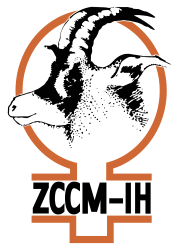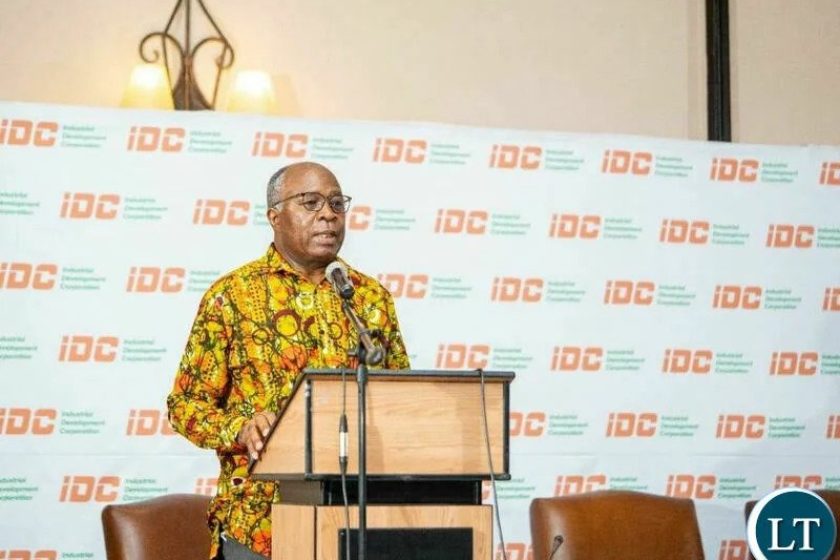THE Copperbelt Energy Corporation Plc has registered a sharp rise in its share price, now trading at K2.65 per share, an all-time high, driven by a significantly improved financial performance year-on-year.
Market data availed by the Lusaka Securities Exchange (LuSE) revealed that the power utility’s share price has soared to K2.65 per share as at December 3, 2021, compared to K0.96 per share exactly 12 months ago.
In the wake of the now-lapsed Bulk Supply Agreement (BSA) with Zesco Limited, CEC’s share price on the LuSE slumped to K0.80 per share by end of trading on June 25, 2020, compared to K1.21 by March 31, 2020 when the Agreement lapsed.
The BSA lapsed on March 31, and since then CEC’s transmission and distribution infrastructure had been declared Common Carrier through Statutory Instrument (SI) Number 57 of 2020. Former energy minister Mathew Nkhuwa in the former PF regime issued Statutory Instrument Number 24 of 2021, which replaced SI No. 57 of 2020, declaring CEC infrastructure as common carrier, following the High Court’s quashing of his decision to declare CEC’s transmission and distribution lines as a common carrier in a ruling issued on February 26, this year.
But the Kitwe-based power utility’s share price has rallied since posting an improved financial performance during its first-half year period ending June 30, 2021.
Since announcing its half-year results in September this year, where the utility earned a huge profit of around US $25.5 million in the period ending June 30, 2021, coming from a loss of US $32.5 million in the prior period, its share price jumped from K1.40 per share in early September to K1.80 in trading sessions on the LuSE by the end of that same month.
Analysis from data made available on the company’s share chart shows that its share price peaked to an all-time high of K2.65 per share this month since going public on the local bourse back in January, 2008, opening at K0.45 per share.
Aside from the BSA uncertainty, key factors explaining CEC’s share price fall to around K0.93 per share 12 months ago were its reduced profitability of $5.6 million last year, mainly triggered by huge impairment losses stemming from Konkola Copper Mines’ unpaid electricity bill, and the downgrading of Zambia’s sovereign credit rating having dampened foreign appetite for CEC, among other entities.
However, by the half-year period this year, CEC’s profit of $25.5 million was mainly boosted by significantly reduced receivable impairment losses from KCM, triggered by the segment shift of the KCM demand.
And a change of government in August, 2021 further strengthened optimism on the chances a settlement on the CEC-Zesco commercial dispute being amicably reached following energy minister Peter Kapala’s assurance in Parliament, last October, that government intended to renegotiate the BSA with CEC after the resolution of court cases by the end of this year.
With the Zambian government’s landmark announcement of its Stall Level Agreement with the International Monetary Fund (IMF) on a much-needed Extended Credit Facility (ECF) for Balance of Payments (BoP) support, investor confidence in the economy is likely to improve.
Foreign appetite to increase investment in government securities and shares on the local bourse is equally anticipated in the short-to-medium term.
Source: https://www.african-markets.com/en/stock-markets/luse/zambia-cec-share-price-rallies-to-k2-65






